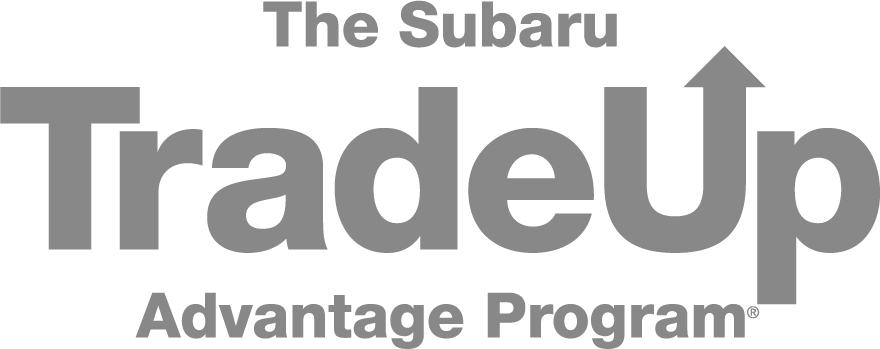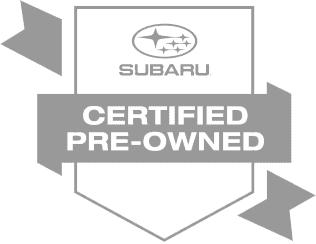
| 2017 Subaru Forester | 2017 Hyundai Tucson |
| HORSEPOWER | |
| 170 hp | 164 hp |
| MAXIMUM CARGO CAPACITY | |
| 74.7 cu.ft. | 61.9 cu.ft. |
| FRONT LEG ROOM | |
| 43.0 in. | 41.5 in. |
2017 Subaru Forester vs 2017 Hyundai Tucson
Serving Harrisonburg, Dayton, and Massanetta Springs, VA
With more customers gearing towards crossovers that are smaller, more manageable, and possess more maneuverability, the compact crossover SUV class is more competitive than ever before. Among those vying for those precious dollars are the 2017 Subaru Forester and the 2017 Hyundai Tucson. For the Forester, it’s two years of existence as it goes further into its fourth production cycle. And for the Tucson, it has been around since 2004 as one of the prime entries in the compact crossover market. It’s a close call, but the 2017 Forester is the vehicle to choose.
Interior Space
The main advantage that the 2017 Subaru Forester has over the 2017 Hyundai Tucson—or, indeed, over any other compact crossover—is its amount of cargo space. It has the highest cargo capacity in its class. Go with the base-level model to get 34.4 cubic feet from the trunk; on the Tucson, it’s 31 cubic feet. With the capability to fold down the rear seats, the Forester can expand cargo room to an unmatched 74.7 cubic feet. The Tucson can only manage to maximize its cargo space to 74.7 cubic feet. It’s also worth mentioning that the Forester also has more passenger volume. Although both vehicles have two rows of seats to accommodate up to five people, the Subaru crossover provides up to 108.3 cubic feet, while the Hyundai crossover provides 102.2 cubic feet.
Connectivity
The 2017 Subaru Forester receives a lot of praise for its connectivity and overall collection of standard-level technology. For infotainment, the Forester comes with the automaker’s Starlink technology for integrating infotainment functions on a 6.2-inch touchscreen. Plus, with Starlink, you can control such functions with your smartphone. On the Tucson, Hyundai adds Android Auto and Apple CarPlay for the first time in the vehicle’s history to enable smartphone-based infotainment control. However, it’s only standard on two of the six available trims, and it’s not an option on the other four. Also, the base-level Tucson receives a 5-inch touchscreen, which is significantly smaller than that of the Forester. Automotive writers are especially impressed with Subaru’s unique EyeSight Driver Assist technology, which integrates various convenience and safety features to increase awareness of your surroundings when on the road. By monitoring traffic movement, warning you when you sway outside your lane, and optimizing cruise control, EyeSight provides an extra layer of safety and confidence.
Price Range
Considering its aforementioned advantages, and being in a segment where affordability is especially valued, the 2017 Subaru Forester demands a little less from you financially. A base-level model with no added options has a manufacturer’s suggested retail price (MSRP) of $22,595. And considering that it has standard all-wheel drive, which is essential for optimizing traction and off-road capability, that’s quite a steal. On the Tucson, the starting MSRP is $22,700, and that does not include all-wheel drive; the standard drivetrain is front-wheel drive.
Want to find out for yourself why the 2017 Subaru Forester, rather than the 2017 Hyundai, is the vehicle to go with? We welcome you to our dealership in Harrisonburg, Virginia. As a recipient of a highly-coveted Subaru Stellar Care Award, it is clear that delivering excellent customer service is a top priority for us. Call us today to set up an appointment with one of our Subaru Forester experts.





